CS 194-26: Project 6
[Auto]Stitching Photo Mosaics
Part A: Image Warping and Mosaicing
Ellen Hong
Overview
In this project, we explore the applications of homographies in image warping and creating photo mosaics.
Image Warping
We demonstrate the results of warping images of the same scene as looked at from different perspectives. In order to create this effect, we apply a homographic transformation on the feature points from one image to another. The homography H is found by solving the following least-squares equation, where (xn, yn) is a feature point on one image, and (xn', yn') is the corresponding feature point on the other image.
Here are some examples of warped images:
 Poster, side perspective
Poster, side perspective
|
 Poster, front perspective
Poster, front perspective
|
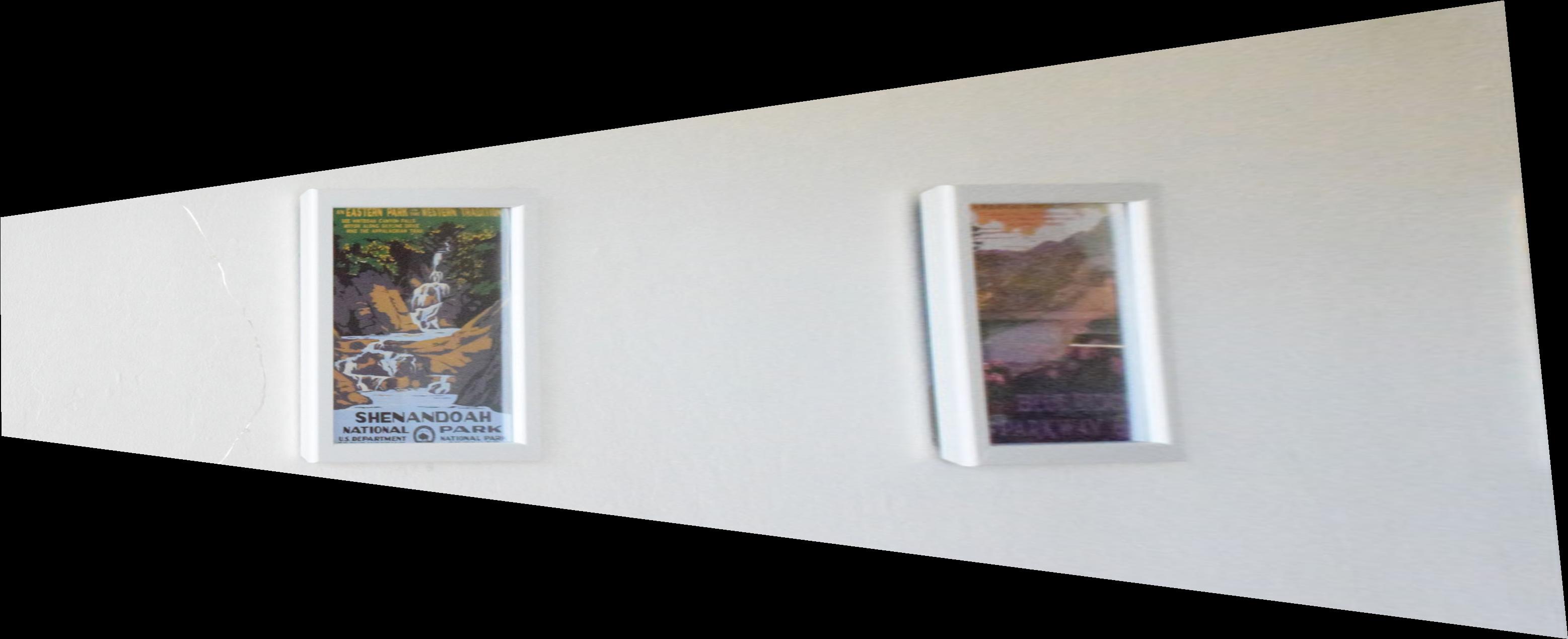 Side perspective poster, warped to front perspective
Side perspective poster, warped to front perspective
|
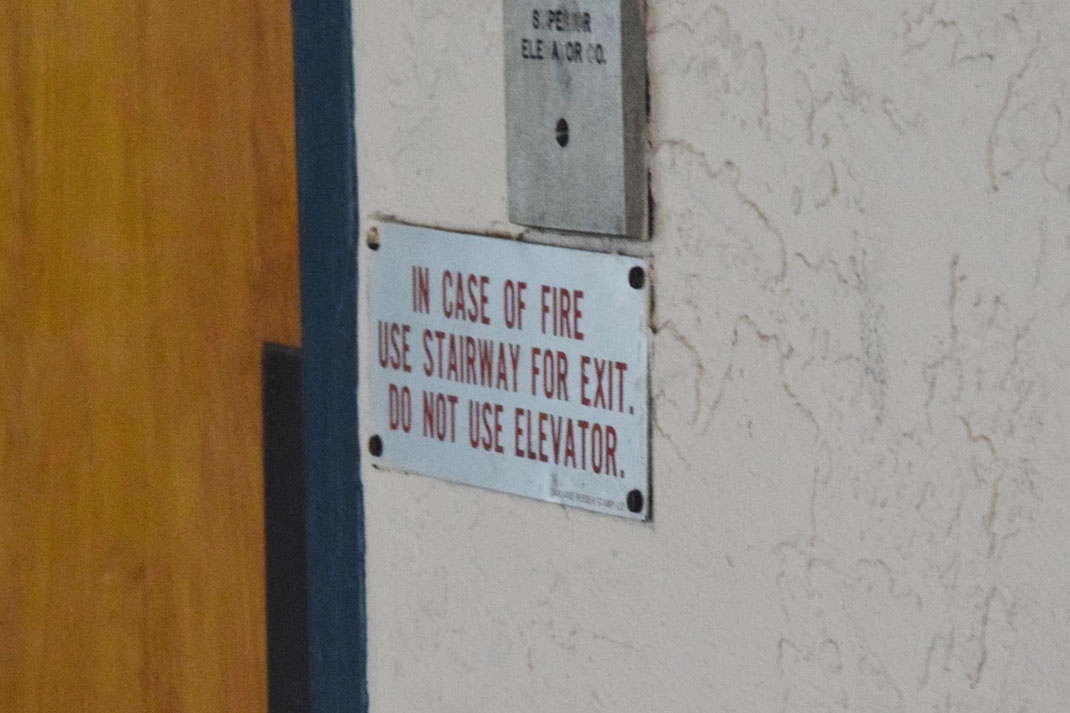 Elevator sign, side perspective
Elevator sign, side perspective
|
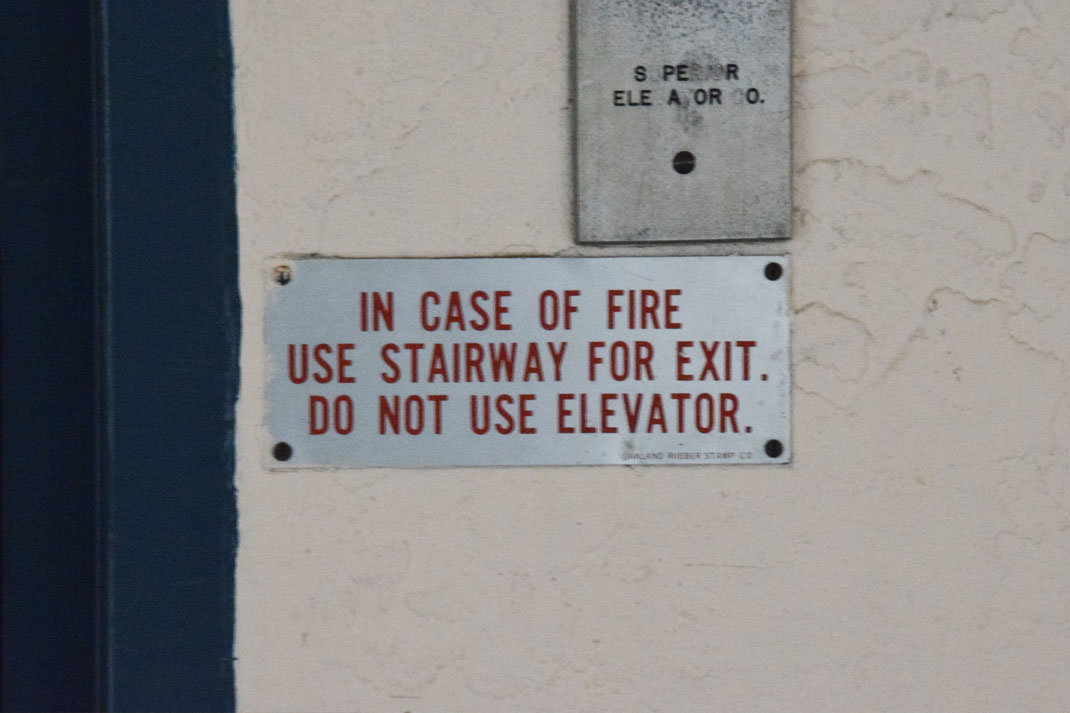 Elevator sign, front perspective
Elevator sign, front perspective
|
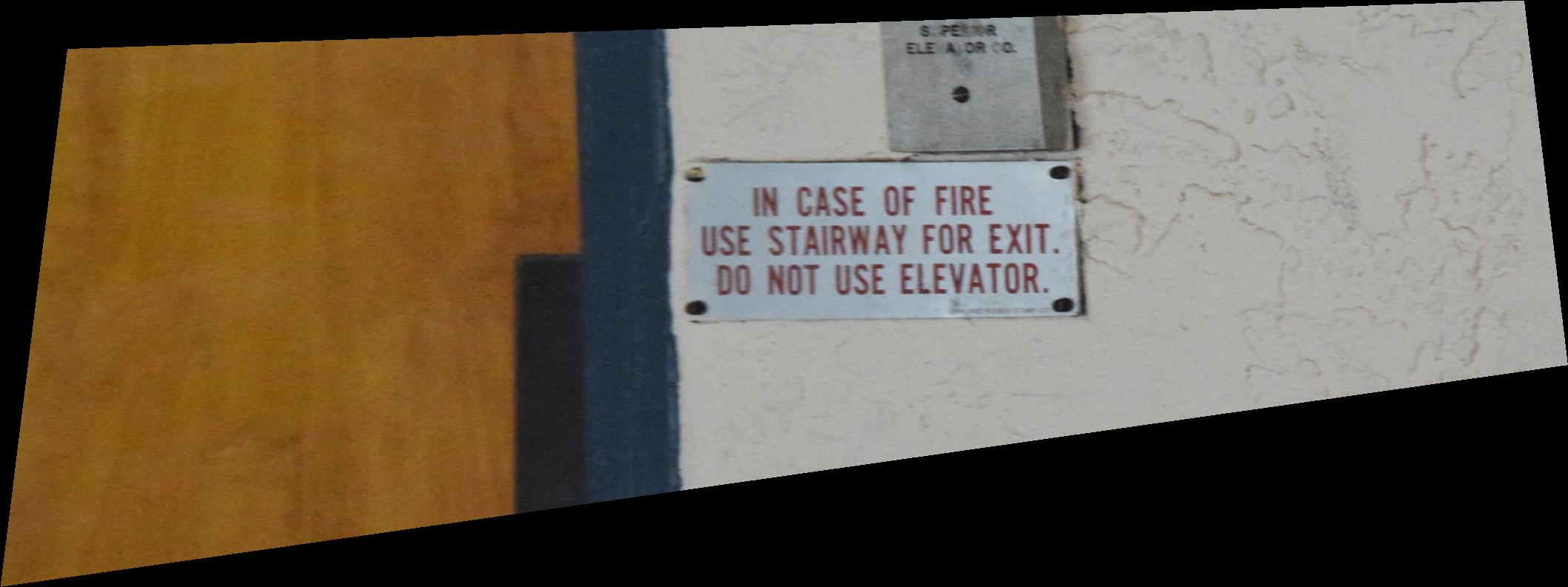 Side perspective elevator sign, warped to front perspective
Side perspective elevator sign, warped to front perspective
|
A not-as-successful result, due to the 3-D nature of the numbers:
 Building number, side perspective
Building number, side perspective
|
 Building number, front perspective
Building number, front perspective
|
 Side perspective building number, warped to front perspective
Side perspective building number, warped to front perspective
|
Image Rectification
We can also use the same homographic transformation to rectify images, i.e. change the perspective of an image by manually defining the output feature points. We produce the following results:
 Box, side perspective
Box, side perspective
|
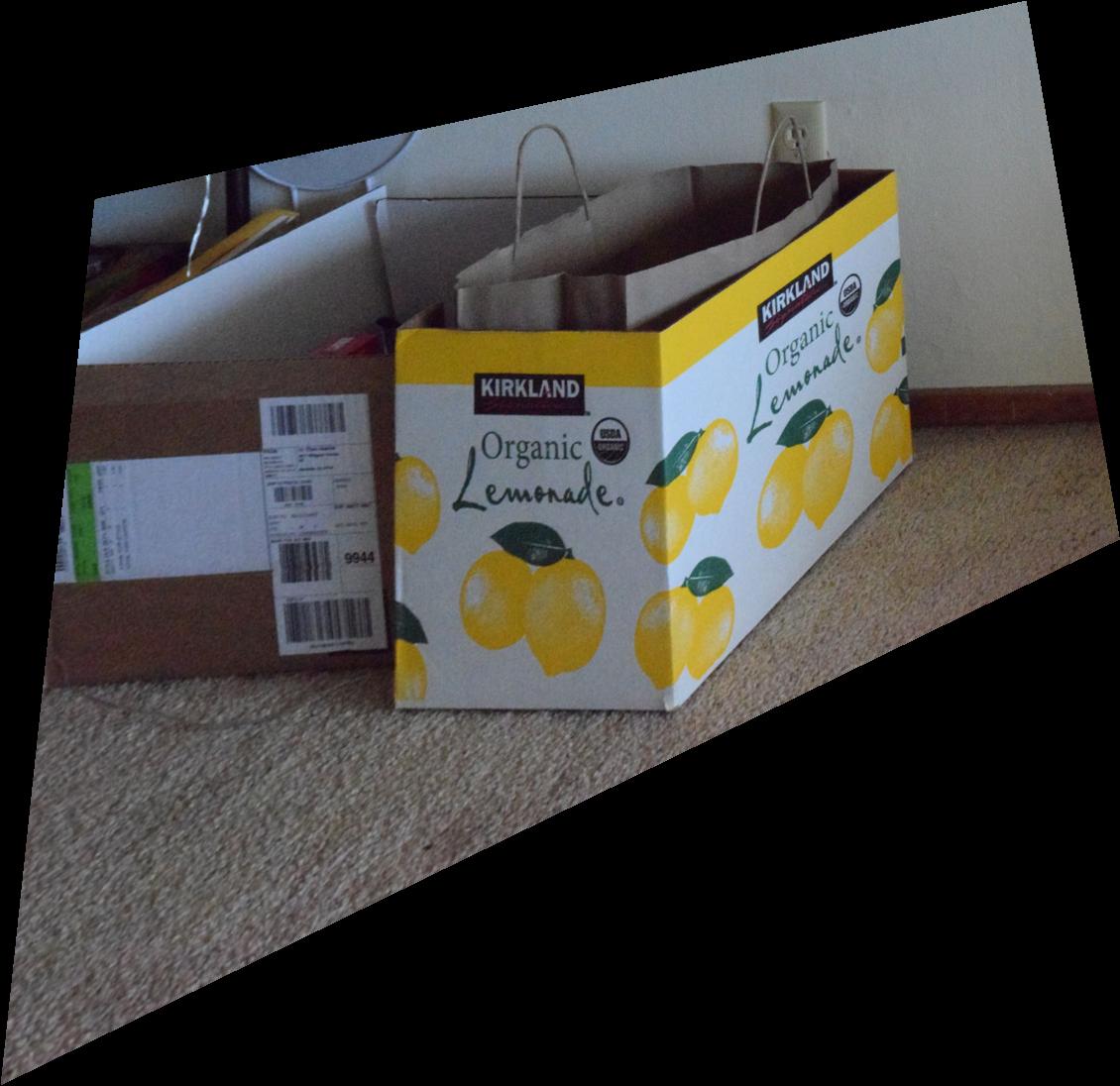 Box, warped to front perspective
Box, warped to front perspective
|
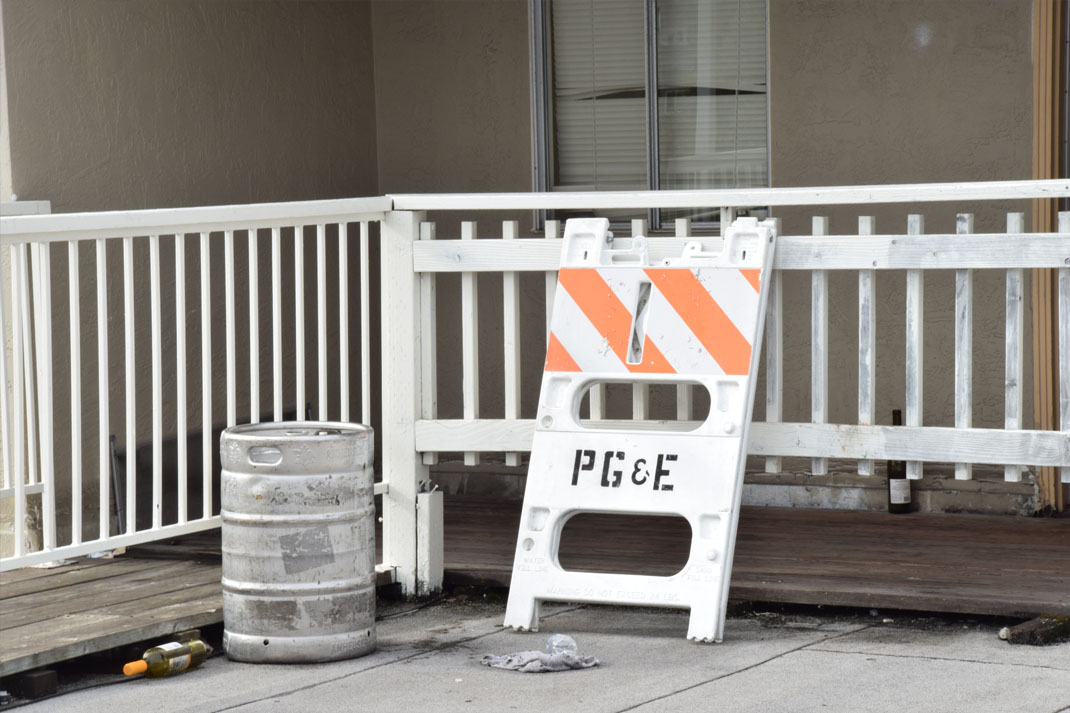 PG&E sign, side perspective
PG&E sign, side perspective
|
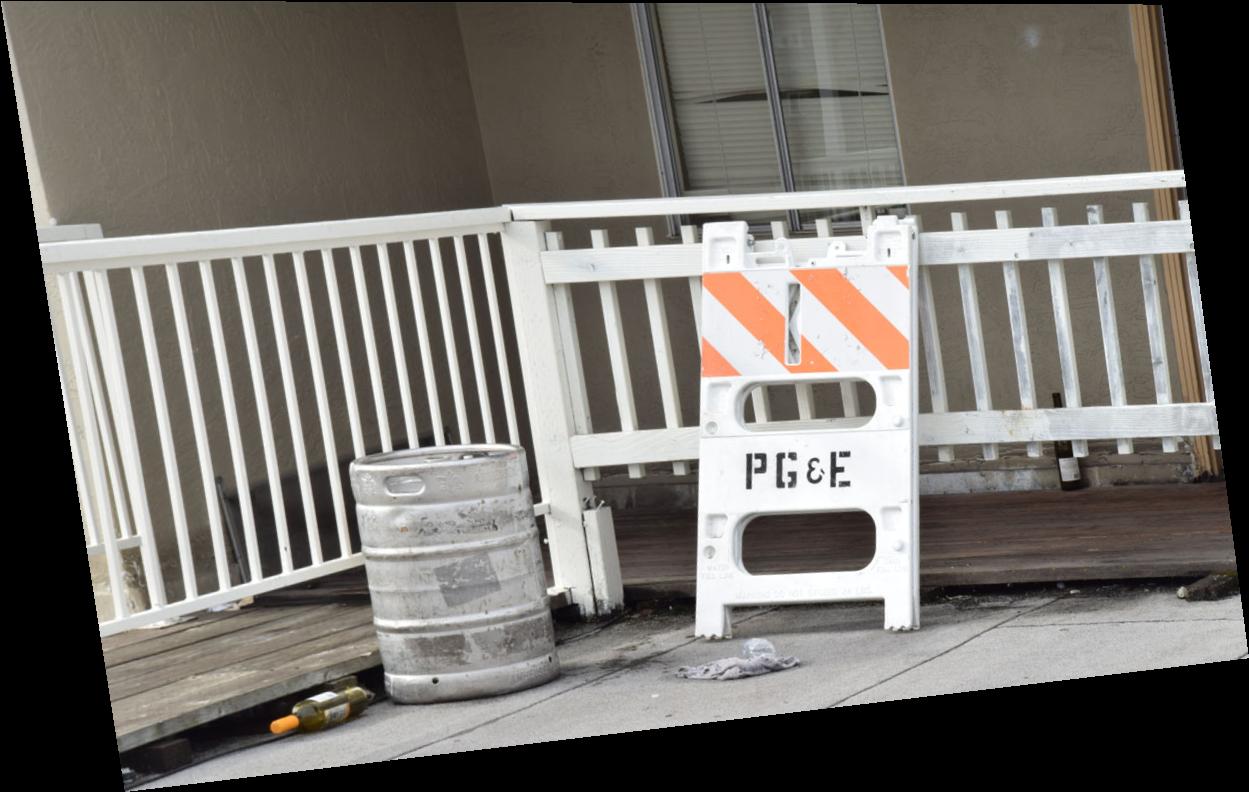 PG&E sign, warped to front perspective
PG&E sign, warped to front perspective
|
Image Mosaicing
We can now use this warping algorithm to create mosaics, by warping point correspondences from one image to another, and blending the images together via linear alpha blending. We demonstrate this technique on the following results:
 SF buildings, left view
SF buildings, left view
|
 SF bulidings, front view
SF bulidings, front view
|
 SF buildings, right view
SF buildings, right view
|
 Blended mosaic, SF buildings
Blended mosaic, SF buildings
|
 Rooftop view, left view
Rooftop view, left view
|
 Rooftop view, front view
Rooftop view, front view
|
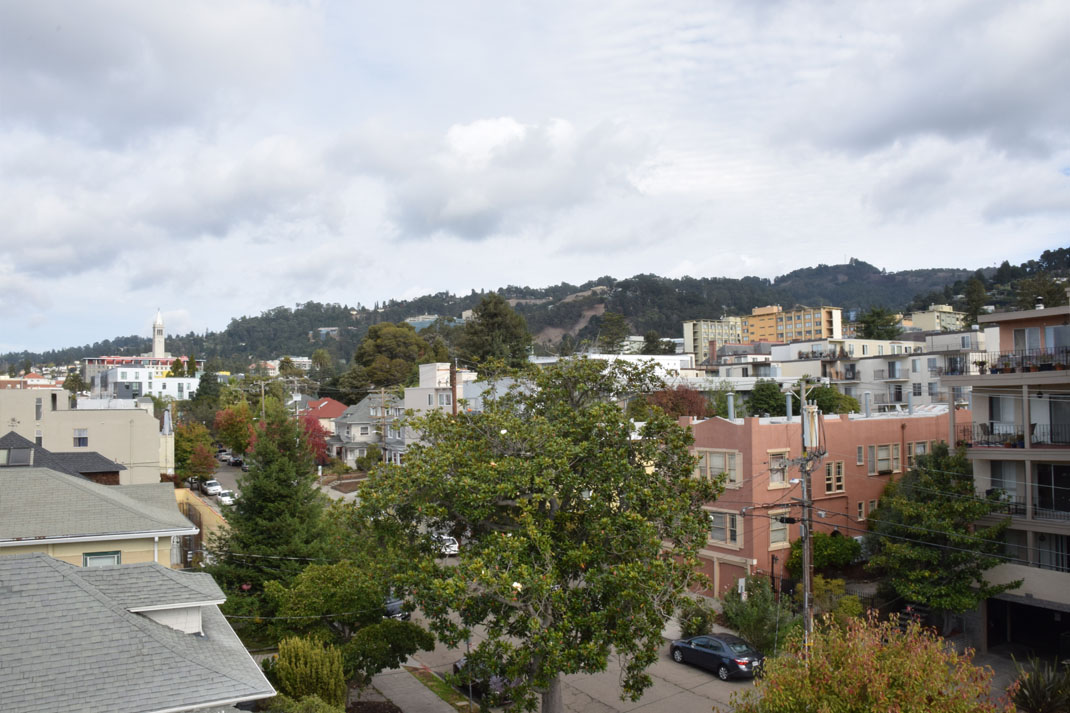 Rooftop view, right view
Rooftop view, right view
|
 Blended mosaic, rooftop view
Blended mosaic, rooftop view
|
 Living room, left view
Living room, left view
|
 Living room, front view
Living room, front view
|
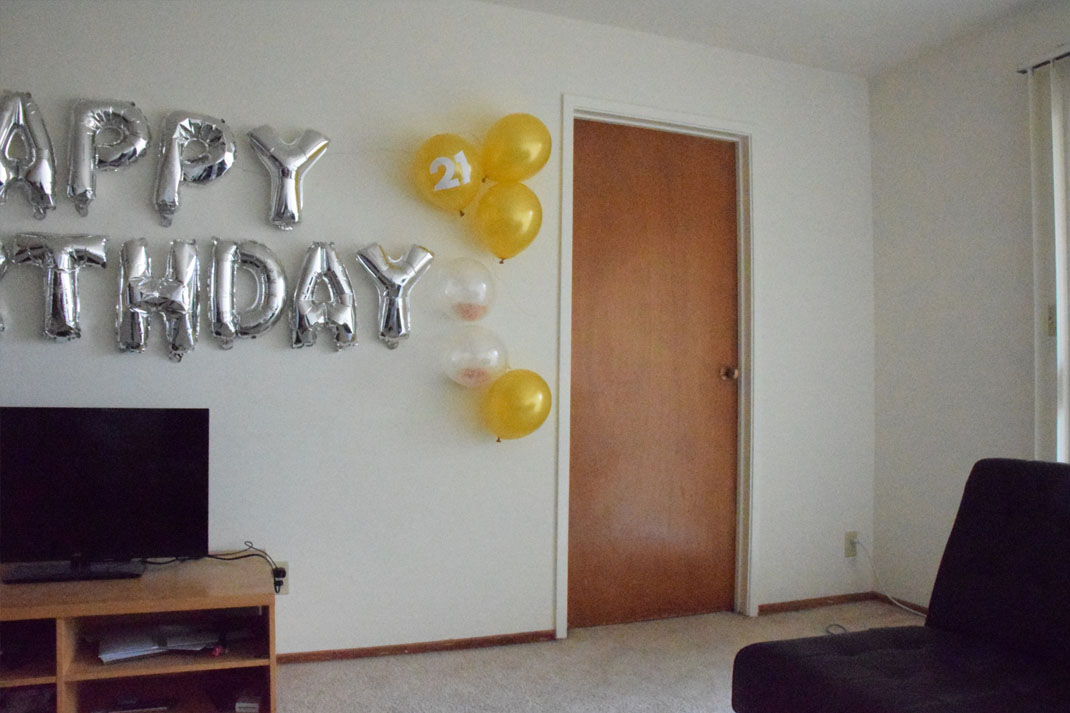 Living room, right view
Living room, right view
|
 Blended mosaic, living room
Blended mosaic, living room
|

























